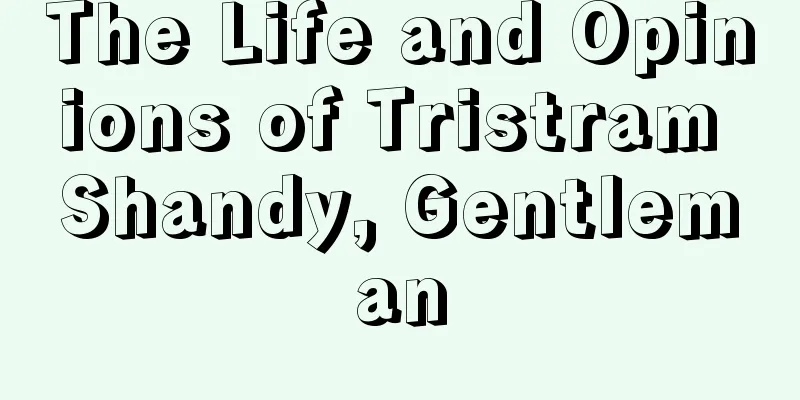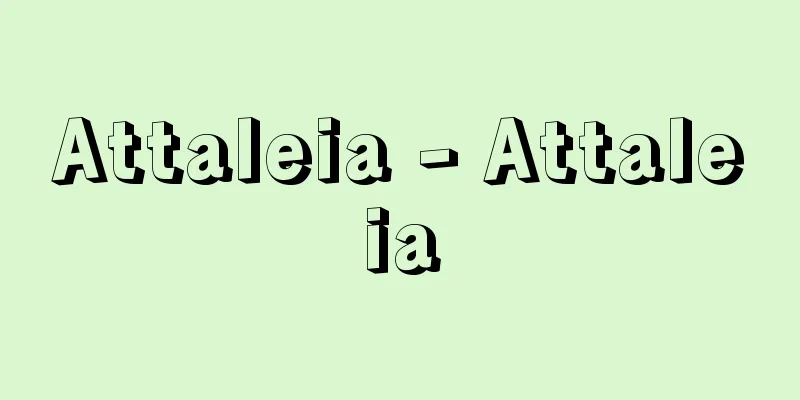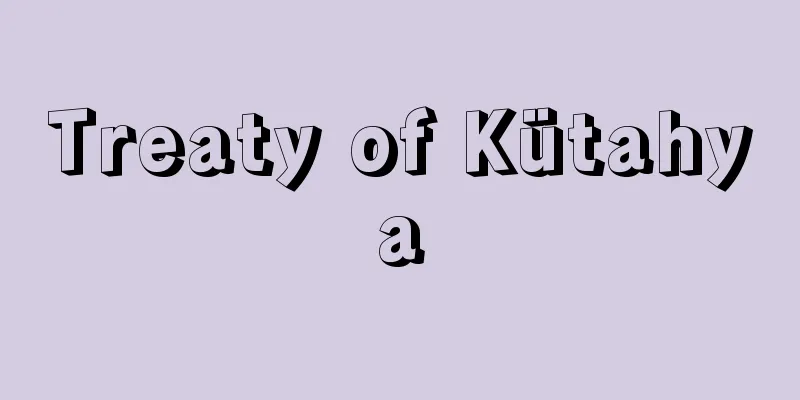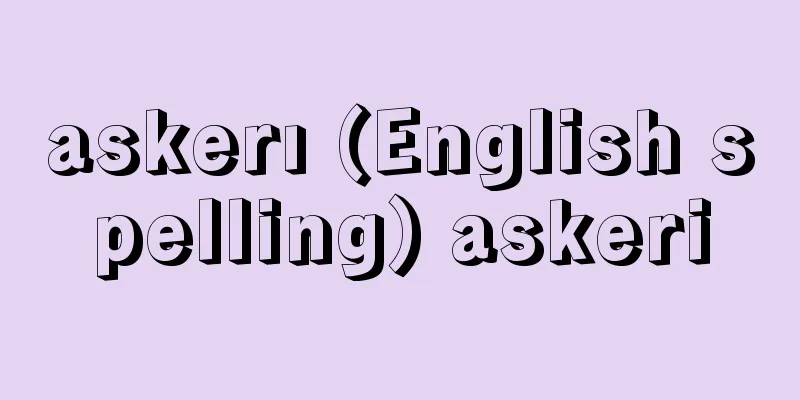Customs Union - English: Customs Union

|
A customs union is a unitary economic region formed by countries with strong economic and political interests, which aims for freedom of trade by making an agreement to abolish or reduce tariffs on each other, while discriminating against countries outside the region by imposing common tariffs. Customs unions are distinguished from free trade areas by the presence or absence of a common external tariff. A customs union removes barriers to the free movement of goods within the region, but a common market goes further and removes all restrictions on the movement of production factors such as labor and capital. In this way, a customs union can be said to be one form or stage of economic integration. Many customs unions have been formed to date, but a look at the history of these customs unions shows that they have been closely linked to political unification. A typical example is the German Customs Union, which was established in 1834. [Hikari Aihara and Kenji Akiyama] German Customs UnionAs a result of the Congress of Vienna in 1814-15, 39 national states formed the German Confederation, but because each of these states had its own different tariff systems, trade within the confederation was hamstrung by numerous tariff barriers. In order to break this state, Prussia, which was competing with Austria for leadership in the confederation at the time, abolished all tariff barriers within its own country in 1816, and established the North German Customs Union in 1828, and the German Customs Union, which covered all of Germany except for a few regions such as Austria, in 1834. Under this union, currency, exchange, weights and measures, transportation systems, etc. were unified, and internal tariffs were abolished. This, combined with the subsequent development of the railway network, led to the formation of an extensive domestic market, which became an opportunity for the full-scale development of German capitalism with heavy industry at its core. On the other hand, the common external tariff was determined based on Prussia's previous tariffs, and although it was not a high tariff that prohibited imports, it did help the growth of domestic industry to some extent. This alliance played a key role in the economic unification of Germany and was the basis for the establishment of the German Empire by Prussia in 1871. [Hikari Aihara and Kenji Akiyama] Recent Customs UnionAfter World War I, several customs unions were planned, but they were not realized due to opposition from countries such as the United Kingdom, which used the most-favored-nation clause as a shield. After World War II, the Benelux Economic Union, which was established in 1947 by the three countries of the Netherlands, Belgium, and Luxembourg, and the European Coal and Steel Community (ECSC), which was established in 1952 by six countries, France, West Germany, Italy, the Netherlands, Belgium, and Luxembourg, also had aspects of customs unions, but the one with the strongest characteristics of a customs union was the European Economic Community (EEC), which was formed in 1958 by the same member countries as the ECSC. However, the EEC was not merely a customs union, but aimed for more advanced economic integration, and in 1967 it was integrated with the ECSC and the European Atomic Energy Community (EURATOM) to become the European Community (EC). In 1973, the EC was expanded with the addition of the United Kingdom, Ireland, and Denmark, and then Greece was added in 1981, Spain and Portugal in 1986, and the European Union (EU) was formed in 1993 with the entry into force of the Maastricht Treaty. Among the EU member states, the single currency, the euro, was introduced for non-cash transactions in 12 countries in 1999, and the euro began circulating as cash in January 2002. The EU has achieved monetary integration and is moving towards complete economic integration. Although a customs union is in conflict with non-discriminatory treatment, which is one of the basic principles of GATT and its successor, the World Trade Organization (WTO), the WTO permits it, subject to conditions such as not discriminatory treatment of countries outside the WTO more severe than that before the establishment of the union (Article XXIV of GATT). [Hikari Aihara and Kenji Akiyama] [References] | | | | | | |Source: Shogakukan Encyclopedia Nipponica About Encyclopedia Nipponica Information | Legend |
|
経済的、政治的に利害関係の深い国々が単一的な経済地域を形成し、相互に関税の廃止または軽減に関する協定を結んで通商の自由を図るとともに、域外諸国に対しては共通の関税を課して差別するものを関税同盟という。この対外共通関税の有無によって関税同盟と自由貿易地域free trade areaとが区別される。また、関税同盟では域内における財の自由な移動に対する障壁を除去するが、さらに進んで労働、資本などの生産要素の移動に対するあらゆる制限を除去するのが共同市場common marketである。このように経済統合という観点からみると、関税同盟はその一つの形態または段階ということができる。 現在までに多くの関税同盟が結成されたが、これらの関税同盟の歴史をみると、政治的統一と密接に結び付いてきたことがわかる。その典型的な例が1834年に成立したドイツ関税同盟Deutscher Zollvereinである。 [相原 光・秋山憲治] ドイツ関税同盟1814~15年のウィーン会議の結果、39に上る領邦国家がドイツ連邦を形成することになったが、これらの領邦国家はそれぞれ異なった関税制度を保持していたため、連邦内の貿易は多くの関税障壁によって身動きのできない状態であった。このような状態を打破するために、当時オーストリアと連邦の主導権を争っていたプロイセンは、1816年に自国内の関税障壁をすべて撤廃し、28年には北ドイツ関税同盟を、さらに34年にはオーストリアなど若干の地域を除く全ドイツ的なドイツ関税同盟を成立させた。この同盟のもとで、貨幣、為替(かわせ)、度量衡、交通制度などの統一と、対内関税の撤廃が行われ、その後の鉄道網の発展と相まって広範な国内市場が形成されることとなり、重工業を中核としたドイツ資本主義の本格的な発展の契機となった。一方、対外共通関税は、プロイセンの従来の関税を基準に決定され、輸入禁止的な高率の関税ではなかったが、国内産業の成長をある程度助けた。この同盟は、ドイツの経済的統一に重要な役割を果たすとともに、1871年のプロイセンによるドイツ帝国成立の基礎となったのである。 [相原 光・秋山憲治] 最近の関税同盟第一次世界大戦後いくつかの関税同盟が計画されたが、最恵国条項を盾にとったイギリスなどの反対にあって実現しなかった。第二次世界大戦後は、1947年に成立したオランダ、ベルギー、ルクセンブルクの3か国によるベネルックス経済同盟、52年に設立されたフランス、西ドイツ、イタリア、オランダ、ベルギー、ルクセンブルク6か国によるヨーロッパ石炭鉄鋼共同体(ECSC)なども関税同盟としての側面をもっていたが、関税同盟としての性格がもっとも強いものは、58年にECSCと同じ構成国によって結成されたヨーロッパ経済共同体(EEC)であった。しかしEECは単なる関税同盟にとどまらず、より進んだ経済統合を目ざすもので、67年にはECSC、ヨーロッパ原子力共同体(EURATOM(ユーラトム))と統合されてヨーロッパ共同体(EC)となった。さらに73年にはイギリス、アイルランド、デンマーク3か国の加盟により拡大ECとなり、81年ギリシア、86年スペイン、ポルトガルを加え、93年マーストリヒト条約の発効とともにヨーロッパ連合(EU)となった。EU加盟国のうち、12か国で99年に単一通貨ユーロが非現金取引に導入され、2002年1月からユーロが現金として流通しはじめた。EUは通貨統合をなしとげ、完全なる経済統合に向かって進んでいる。 なお、関税同盟は、ガットおよびその後身のWTO(世界貿易機関)の基本理念の一つである無差別待遇と矛盾するものであるが、WTOは、域外諸国に対する差別的取扱いを同盟設立前よりも厳しくしないことなどという条件を付して、これを容認している(ガット24条)。 [相原 光・秋山憲治] [参照項目] | | | | | | |出典 小学館 日本大百科全書(ニッポニカ)日本大百科全書(ニッポニカ)について 情報 | 凡例 |
Recommend
Seasonal record
A type of stipend under the Ritsuryo system. Acco...
Kiln
A device for melting and heat-treating materials a...
Dog nails - Inukugi
A nail that secures rails to sleepers, prevents ra...
Official Property Rate Law - Kanmotsurippo
In the early 10th century, the Ritsuryo tax system...
Italian Dictionary - Italian Dictionary
…The Accademia della Crusca, founded in 1583, def...
Ohata Shell Mound - Ohata Shell Mound
An oceanic shell mound built in the middle to late...
Mass selection - shuudansenbatsu (English spelling)
This is one of the selection methods used in crop ...
Art Therapy
Psychotherapy through artistic activities. Also ca...
"Kyoto Studio News" - Kyoto Studio News
...A six-page tabloid magazine published twice a ...
Turku - Turku (English spelling)
Located in the southwestern tip of Finland, facin...
Gakunan Liberal Party
…In 1883-84, Matsukata's deflationary policy ...
《Asian Economy》 - Asia Economy
…English name: Institute of Developing Economies....
Cleaver - Cleaver
An annual or biennial plant of the Rubiaceae fami...
Countermeasures - Taisaku
〘noun〙① A method of examination for promotion to g...
Gunkuzure - Koori Kuzure
In 1657 (Meireki 3), 608 hidden Christians were ro...









